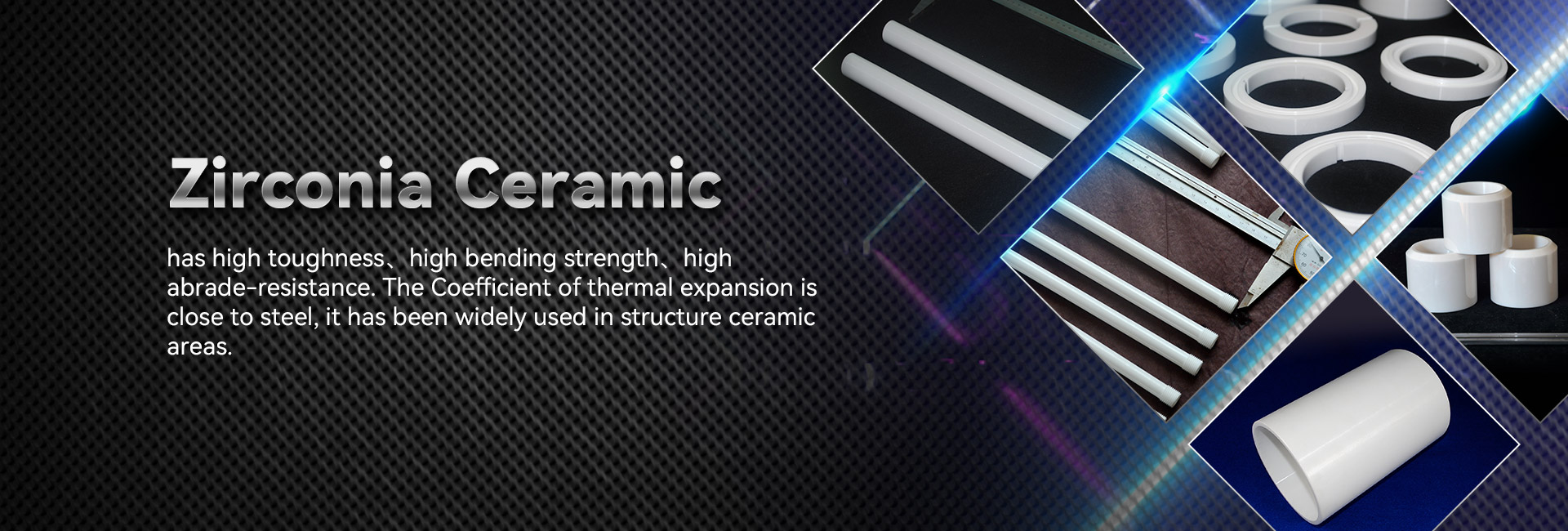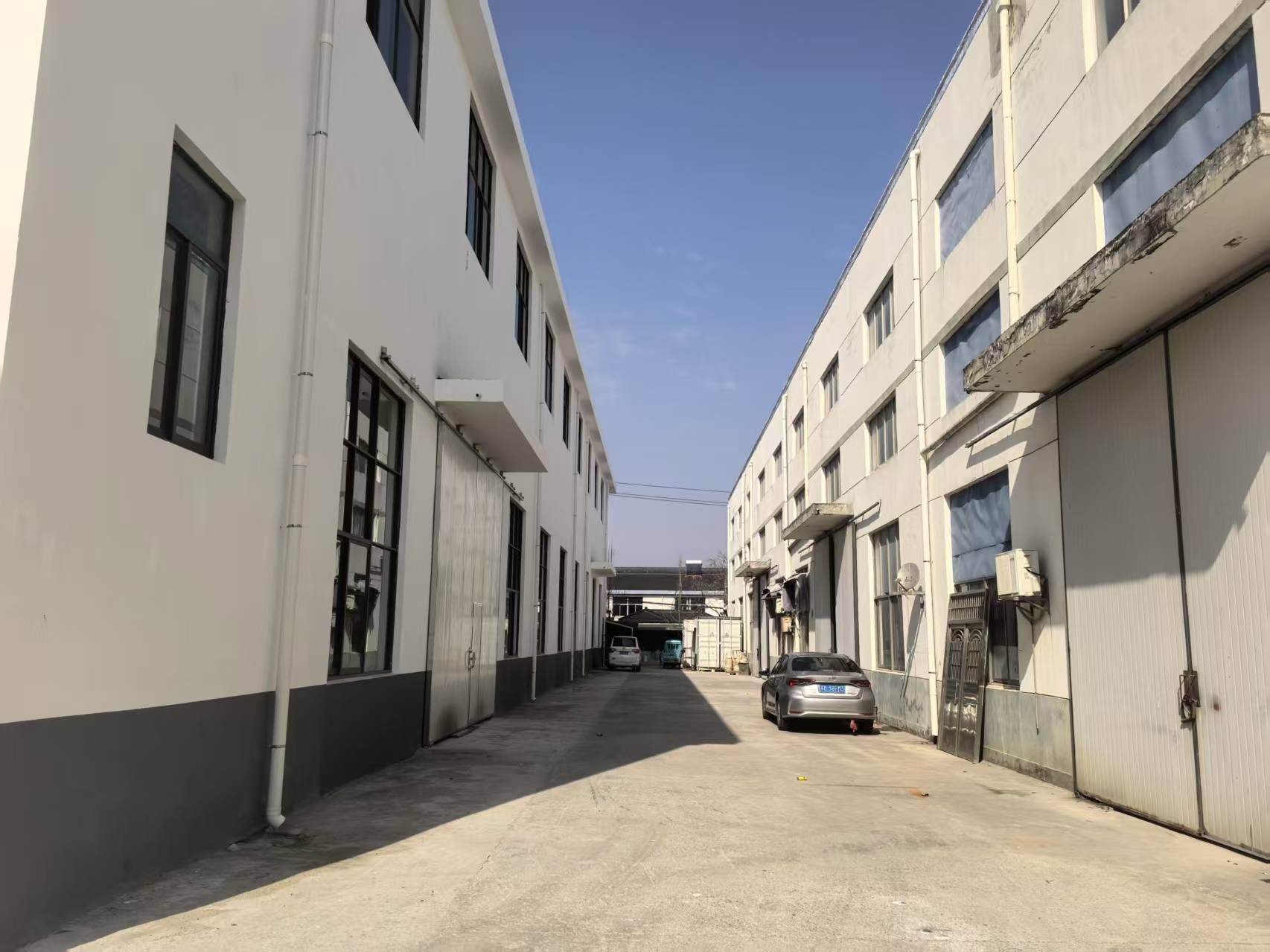
Innovative material demonstrate outstanding material traits, making them fit for a broad collection of functions. Flowing from aviation and motor industry to digital devices, these constituents are persistently transforming to satisfy the required standards of a current landscape.
- Their strength and immunity to drastic temperatures make them indispensable for top-tier apparatus.
- Over and above, technical ceramics offer strengths in terms of functionality, supporting the innovation of innovative techniques.
Producing Elements: Fashioned for Enhanced Effectiveness
Crafted ceramics stand out in stringent uses due to their exceptional facets. Made from specially chosen raw components and going through rigorous processing operations, these leading substances manifest remarkable toughness, corrosion resistance, and endurance to harsh temperatures, corrosion, and chafing. From astronautics elements to engraving tools, industrial ceramics furnish exceptional performance across numerous domains. Their pliability allows enduring stringent places, guaranteeing survival and soundness. As advancement progresses, the appetite for advanced tradables grows, cementing the central function of industrial ceramics in shaping a more resilient future.
Advanced Ceramics: Breaking Material Confines
Material, highlighting remarkable hardness and lastingness, are undergoing a upheaval. Pioneering ceramics, designed with exact control over their makeup and minute arrangement, exceeding the limits of the total of achievable. These composites exhibit a vast assortment of traits, making them tailored for challenging sectors such as aviation, health sciences, and fuel. From low-weight parts that hold up under extreme temperatures to body-friendly implants that unite naturally with the anatomy, advanced ceramics are redefining our context.
Careful Ceramic Manufacturing: Catering to Rigorous Standards
Specialized ceramic fabrication has evolved markedly in recent eras, permitting the construction of complicated and highly effective ceramic modules. These components are important across a wide range of arenas, including outer space, medical, and electrical domains. Attaining the exacting benchmarks for these uses calls for exact fabrication techniques that provide for dimensional rightness, surface texture, and material qualities. Advanced ceramic fabrication processes employ numerous methods, including slip casting, injection molding, and additive manufacturing. These strategies empower the fabrication of intricate forms and accurate facets with highly rated uniformity. What's more, advances in material studies have initiated new ceramic compounds endowed with elevated aspects. These substances show increased durability, sturdiness, and tolerance to extreme temperature conditions, permitting their use in rigorous sectors.
The possibilities for precise ceramic fabrication are considerable. As developments and development push on, we can count on even more state-of-the-art procedures and substances that will again stretch the limits of what is within reach in this domain.
Exceptional Ceramic Products for Tough Circumstances
Innovative ceramic composites provide extraordinary fortitude and endurance against extreme circumstances, making them favored for critical uses in military areas. These high-tech ceramics can tolerate elevated warm loads, combat oxidation, and retain their operation under extreme load-bearing stresses. Their unmatched lattice properties empower stable utility in severe locales, including fireplaces, combustion engines, and nuclear systems.
- Hybrid ceramic mixtures
- Temperature endurance
- Lightweight design
Hybrid Materials: Combining Strength and Capability
Combined ceramics showcase a compelling mix of mechanical strength and distinct specific capabilities. Through the blending of ceramic components within a copyright, these structures achieve outstanding potential. This combination results in heightened endurance against high climatic environments, wearing, and chemical degradation, rendering them advantageous for precise assignments in outer space, motor industry, and resources industries. Furthermore, ceramic composites can be tailored to possess designated properties like electrical conductivity or biocompatibility, enlarging their utility across diverse sectors.
Detailed Administration in Next-Generation Ceramics
Achieving expected specifications in innovative ceramics routinely obligates scrupulous governance over their small-scale organization. Several refinement aspects, including sintering thermal setting, duration, and atmosphere, alongside the inclusion of dopants or ancillary phases, materially shape the arrangement of particles, pore space, and other microstructural traits. Rigorous modification of these factors allows for the advancement of fortification, rupture resistance, and temperature conductivity. To illustrate, lifting the sintering heating point can advance grain development, thus increasing solidity and improving mechanical strength. Conversely, controlling the firing atmosphere may change the oxidation level of the ceramic, thereby influencing its electrical charge transport or magnetic aspects. Understanding these relationships between microstructure and properties is fundamental for creating advanced ceramics with personalized traits suitable for broad functions.
Friction-Resistant Ceramics: Elevating Lifespan
Inside challenging workshop fields, where items are forced to constant scuffing and wearing, products with outstanding durability are fundamentally necessary. Wear-resistant ceramics have manifested as a premier fix, furnishing unparalleled durability and effectiveness in broad domains such as operation, mining, and aerospace. These state-of-the-art compounds possess a singularity internal formation that elevates their power to oppose damage. By utilizing the intrinsic fortitude and thickness of ceramic blends, engineers can manufacture tough components capable of resisting the most tough operating scenarios.
Medical-Grade Materials: Functions in Medical Science
Medical-grade ceramics have changed the medical industry, yielding an array of profitable benefits for multiple purposes. These elements are bioinert within the biological entity, minimizing host defense responses and encouraging healing. A prime application for biocompatible ceramics is in prosthetic supports, where their durability sustains long-lasting stability to damaged organisms.
What's more, they are applied in oral surgery, supplying a robust and attractive solution for tooth replacement. Ceramics also occupy a key part in pharmaceutical applications, granting the targeted distribution of medication to specific regions within the organism.
- Moreover, biocompatible ceramics are frequently being scrutinized for organ regeneration, serving as a framework for cell growth.
- For that reason, the outlook of biocompatible ceramics in therapeutics looks propitious, with continual work expanding their functions.
Advanced Ceramic Sensors: Advancing Detailed Readings
High-tech sensor ceramics have surfaced as fundamental segments across a comprehensive array of realms. These instruments capitalize on the unique characteristics of ceramic materials to deliver highly advanced ceramic valid determinations. Their toughness in {demanding|harsh| 